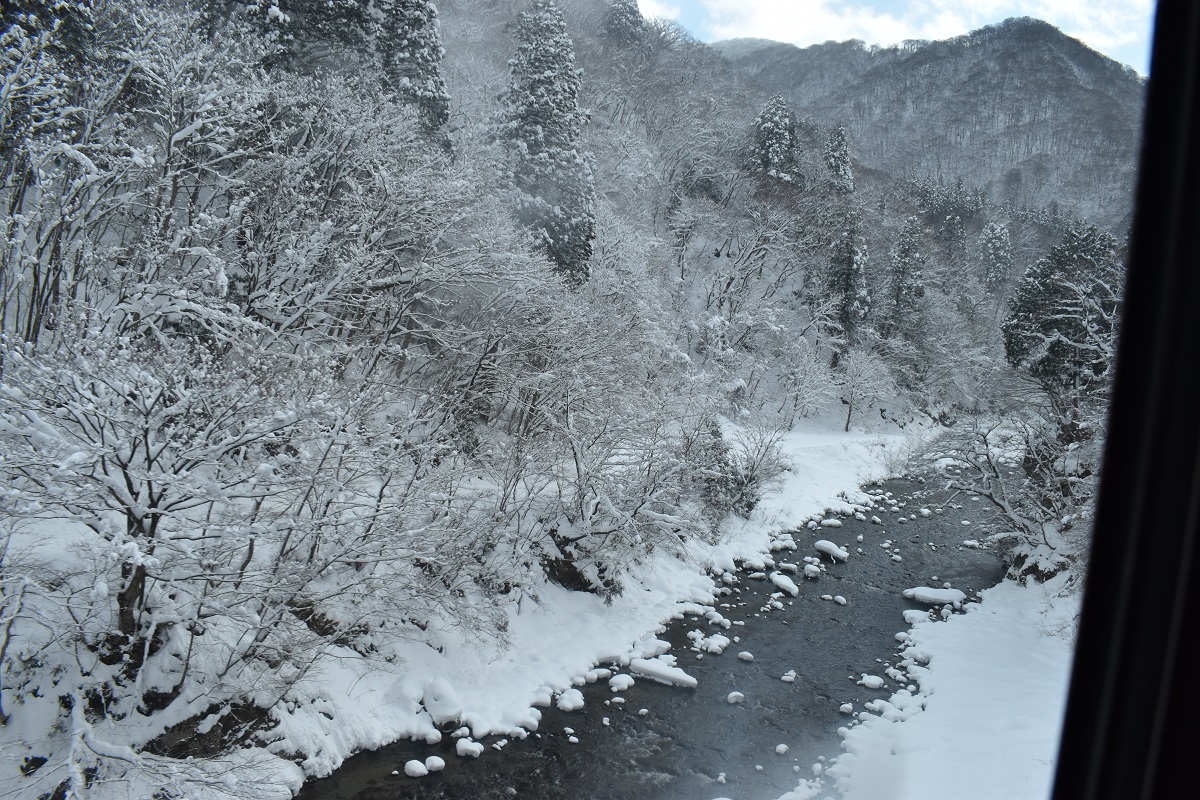The view of the railway that goes around the mountains is itself a tourist destination. Jungfrau Railway on the European Alps is a typical example, but due to Hakone’s proximity to Tokyo, Hakone Tozan Railway is now overflowing with foreign tourists. In order to transfer at Hakone-Yumoto Station and secure a good seat on the Hakone Tozan Railway, the front car of the train from Odawara Station is as full as a commuter train. I had mixed feelings when I saw foreign tourists dashing onto the Hakone-Yumoto Station platform and being the first to secure seats on the left side for a better view.

Now, on the Hakone Tozan Railway, you can experience three switchbacks, but here on the Hisatsu Line heading towards Hitoyoshi in Kumamoto Prefecture from Hayato in Kagoshima Prefecture, you can see two switchbacks and a loop at the same time around Okoba Station. It’s sad that railway transportation has not resumed as Hitoyoshi is currently recovering from the flood damage, but instead you can walk along the tracks at the site and get a feel for it. Furthermore, in February, white flowers of the nearby Hitoyoshi plum grove are beautiful, and in March, the cherry blossoms along the railroad tracks inside Okoba Station are also beautiful.
In fact, the sacred place for railway fans is not here, but the landscape from the train window at “Yatake Goe”, which steeply climbs the inner wall of the Kakuto Caldera Somma, reaching the highest point on the line. However, railway fans naturally enjoy the switchbacks and a loop around Okoba Station as well. To get there by car, you need to go from the bottom of the caldera through the outer rim of the mountain, so the road is connected twice by loop bridges at the front and back.

Now, regarding the station building of Okoba, there is an urban legend that if you put a business card on the wall, you will get promoted, and when I went there, I found business cards stuck all over the walls of the station building. Maybe you’ll find a business card of someone you know. Now, in preparation for the reopening of the railway, they have been completely removed, and I wonder where the removed business cards are. It is of great interest to know what happened to the career afterward of the person who inserted the business card.






































































































































































